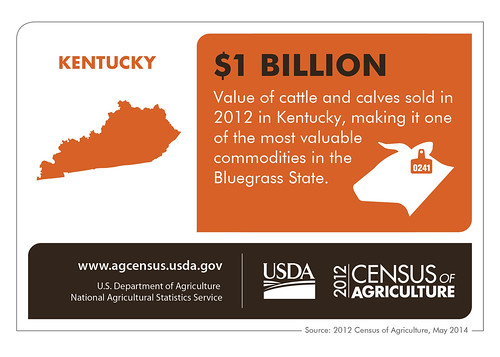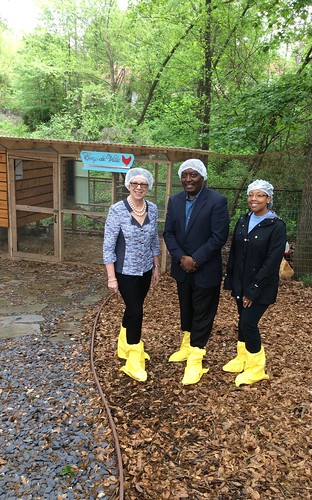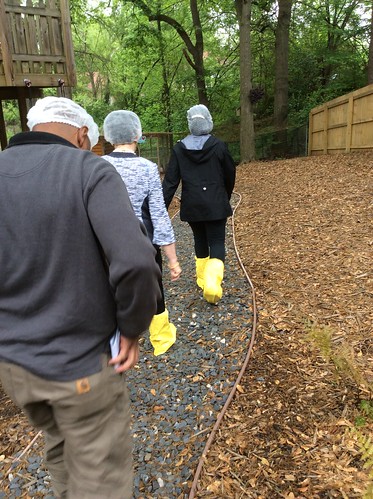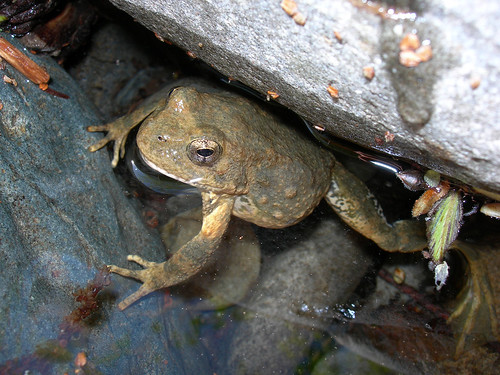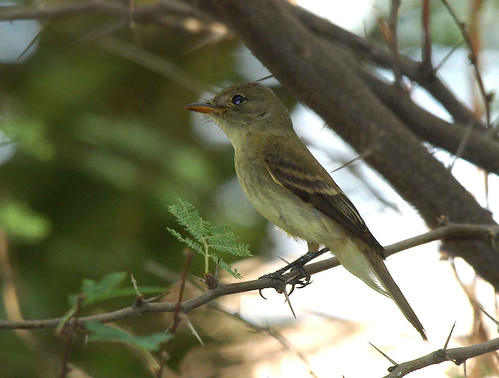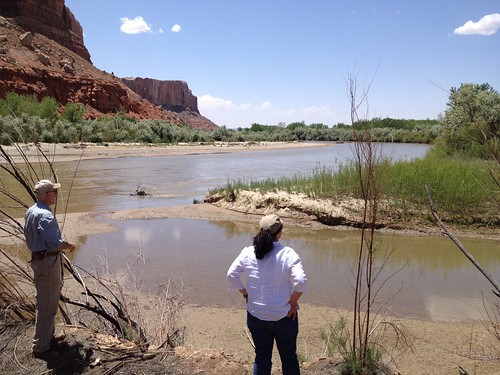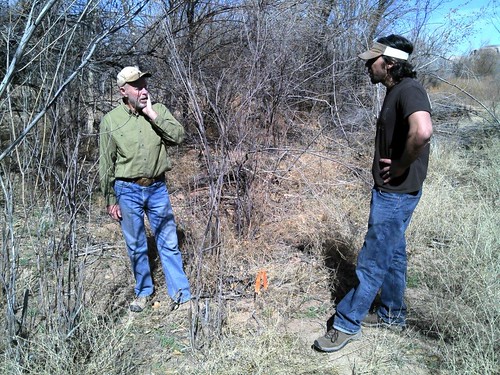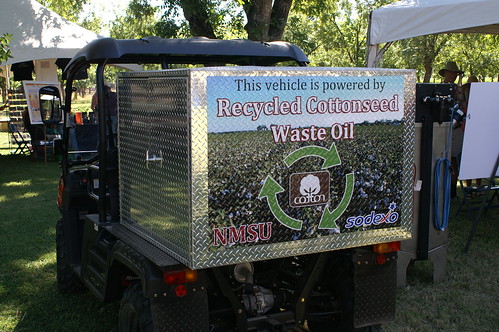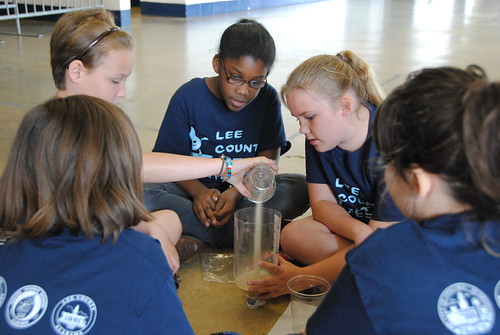
A group of students build a mini-filtration system. NRCS photo.
Although it’s no longer her job, Anna Miller still takes time to volunteer for the Lee County Water Festival every spring in Auburn, Alabama. The annual event has attracted hundreds of fourth graders with lessons on aquifers, the water cycle and water filtration, since it first began in 2004.
“Students learn about their environment; they learn about water and how precious it is,” said Miller.
Learning about the environment is a large part of the fourth-graders’ curriculum in Lee County. Through the festival, hosted for the 12th year by the Lee County Soil and Water Conservation District in Auburn, students participate in an interactive educational learning experience consisting of hands-on activities to learn the role of surface and groundwater in the water cycle; the importance of water to all life; the interdependence of plants, trees, wildlife, soil and water; the effect of human actions on water and all nature; and that all individuals need to act in an environmentally responsible way.
After completing the festival’s three lessons, the students watch an environmental magic show presented by Paul Cash. “It’s just a great community project,” said Miller.

A student gives his edible aquifer a test taste. NRCS photo.
USDA’s Natural Resource Conservation Service partners with Soil and Water Conservation Districts across the country to educate and promote natural resource conservation.
Each year, about 30 community members serve on the festival’s planning committee, creating lessons and fundraising so students can attend at no cost. The event draws nearly 100 volunteers who assist with things like student supervision and lesson plans.

A student shows off his bracelet made during the water cycle lesson. NRCS photo.
